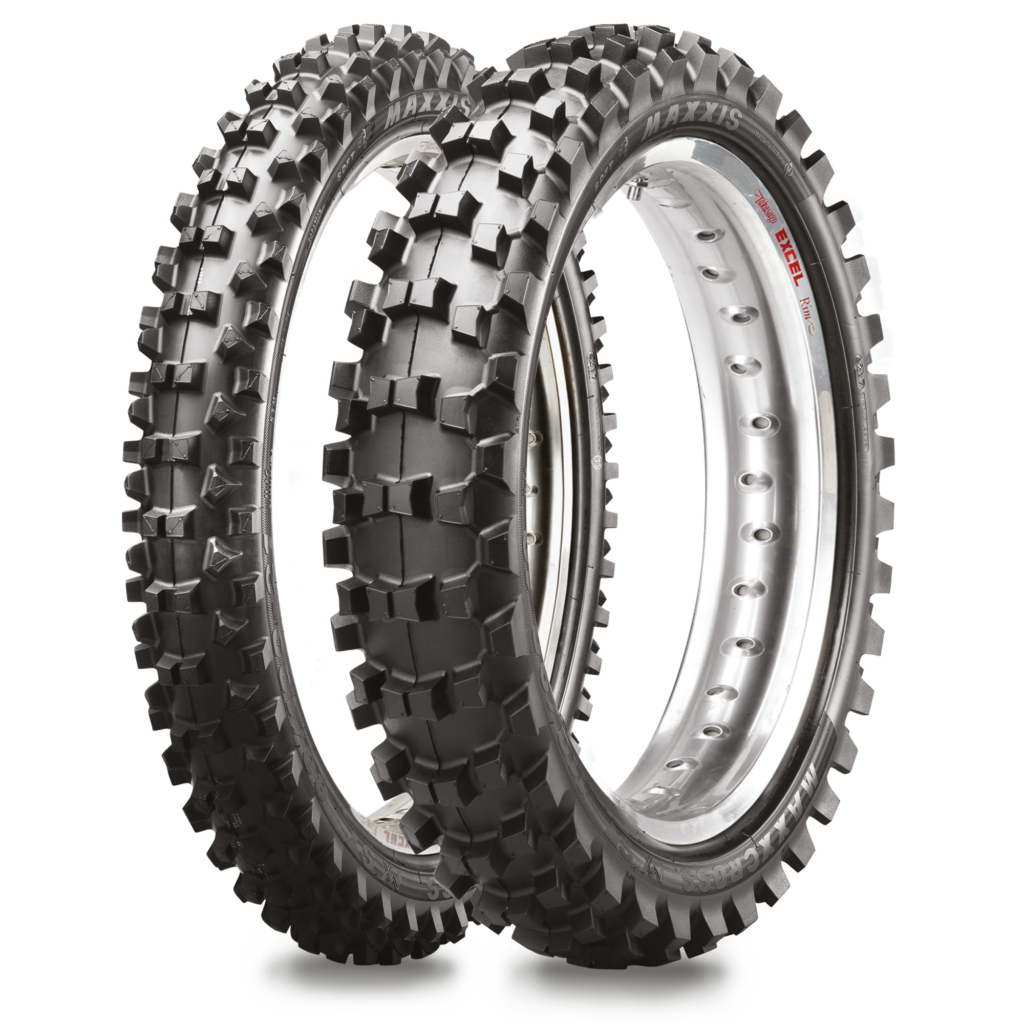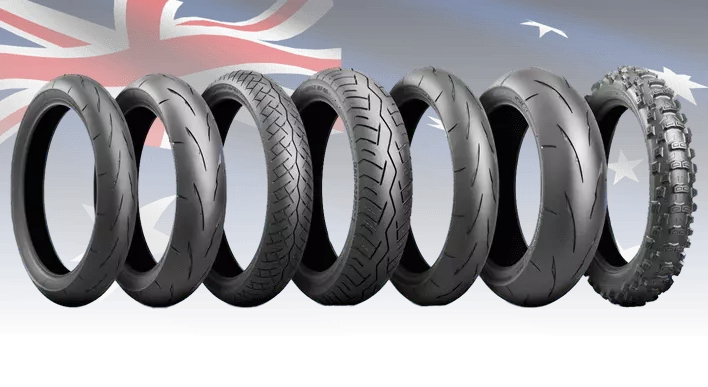Take on extreme riding conditions with premium Adventure Motorcycle Tyres.
Everything About Motorcycle Tyres: A Comprehensive Overview for Enthusiasts
For motorbike fanatics, recognizing the complexities of their equipment's tyres is an important facet frequently overlooked. This guide, 'All Concerning Bike Tyres', unlocks the detailed world of tyre types, sizes, and specifications, all straight impacting performance and safety.
Comprehending the Essentials: Various Kinds of Bike Tyres
In the globe of motorcycling, tires play an essential function, not just in guaranteeing a safe experience but likewise in boosting the overall performance of the bike. They can be found in different types, each developed for particular riding conditions and efficiency needs.

Then there are dual-sport tyres, which use a balance between on-road security and off-road hold. Racing tyres, made use of for track racing, provide maximum grasp but have a really short lifespan.
Comprehending these types and their specific functions helps riders select the right tire for their riding style and conditions, consequently making certain optimum efficiency and security. Such expertise forms the foundation prior to delving right into tire sizes and specifications.
How to Decipher Your Bike Tire Dimension and Specifications
Having a strong grasp on the different types of motorbike tires leads normally to a deeper understanding of their sizes and specifications. The tire's dimension and specifications are usually indicated on the sidewall. The second number, following a slash, is the aspect ratio or the elevation of the tire's sidewall expressed as a portion of the size.
Certain letters may follow these numbers, indicating speed rating and load index. For circumstances,'M' stands for an optimal speed of 130km/h, while '70' indicates a lots bring capacity of 335kg. Such intricate information can considerably affect a motorbike's efficiency. Thus, it's essential for riders to recognize exactly how to decode their bike tire size and requirements.
Selecting the Right Tire for Your Riding Design and Conditions
Selecting the appropriate tyre for your motorbike is not a decision to be ignored. It's important to consider the kind of riding one does usually; whether it's commuting, visiting, off-roading, or sports riding, each style demands a different kind of tyre. Sporting activity bikers might opt for efficiency tyres that provide outstanding grip and speed, while travelers might like tires made for resilience and convenience.
Furthermore, the riding problems play a substantial role. For damp and snowy conditions, tyres with deep step patterns and softer rubber substances are suitable as they offer much better hold and grip. On the other hand, for news completely dry problems, harder rubber substances are recommended for their longevity. Eventually, recognizing your riding style and the conditions you'll face helps in picking the appropriate tire, enhancing both safety and efficiency. Remember, a tyre inequality can cause compromised handling and safety and security threats.
Tips for Keeping Your Motorcycle Tyres for Ideal Efficiency
Appropriately keeping your motorbike tires significantly boosts their efficiency and longevity. Regular inspection is a necessary component of this procedure. Riders need to search for signs of deterioration, such as cuts, leaks, or unequal wear patterns that might suggest placement problems.
Cleaning up is an additional essential aspect of tire maintenance. Removing debris and gunk not only boosts the tyre's appearance yet also protects against early wear. A gentle scrub with a soft brush and soapy water is normally enough.
The function of tyre turning can not be discounted. By rotating the tyres' settings, one can guarantee also use and expand their lifespan.
Finally, the rider ought to always keep an eye on the tyre's tread depth. A superficial tread can endanger grip, resulting in risky riding conditions. To this end, many countries have lawful minimum walk depths, and motorcyclists are urged to follow these laws for safety and security.
The Effect of Tyre Stress on Your Riding Experience

Recognizing Tire Pressure Characteristics
While it might appear an insignificant element to some, tyre pressure plays an essential duty in the total riding experience of a bike. Over-inflated tires can make the ride rough and bumpy, while under-inflated tires can lead to inadequate handling and enhanced fuel consumption. Tyre stress likewise impacts the tyres' call spot - the area of the tire that touches the ground.
Adjusting Stress for Performance

(Road Bike Tyres NZ)The suitable pressure varies with load, roadway condition, and riding design. For optimum efficiency, it's important to seek advice from the producer's recommendations, usually inscribed on the bike or in the proprietor's handbook.
Regular checks using a trustworthy pressure scale are essential. As weather influences pressure, changes should be made when tires are chilly. Hence, understanding and applying appropriate tyre stress adjustments considerably enhance a motorcyclist's experience, advertising safety and efficiency.
When and Just how to Change Your Motorcycle Tyres Safely
Making sure the security and efficiency of your trip, routine evaluation and timely replacement of motorcycle tires is a task of utmost value for each cyclist.
Tires should usually be changed every five to 6 years, or when the tread depth gets to 2mm. However, elements such as driving behaviors, road conditions and tire maintenance can affect this timeframe. It's essential to consistently examine tires, searching for signs of wear and tear, leaks or defects.
Changing a tire calls for unique devices and knowledge. The new tyre needs to be appropriately straightened and blown up to advised stress.
It is commonly advisable for much less skilled bikers to have tires changed by experts. This makes certain safety and maximises efficiency, underscoring the significance of tyre upkeep in motorbike use.
Final Thought
In verdict, recognizing the complexities of motorbike tyres, from types to dimension specs, plays an essential duty in boosting riding experiences. Making educated choices based on riding design and problems, coupled with correct upkeep and recognition of tire stress, can significantly improve efficiency and security. Last but not least, knowing when and how to change tyres guarantees motorcyclists can remain to enjoy their motorcycle journeys with miraculous confidence.